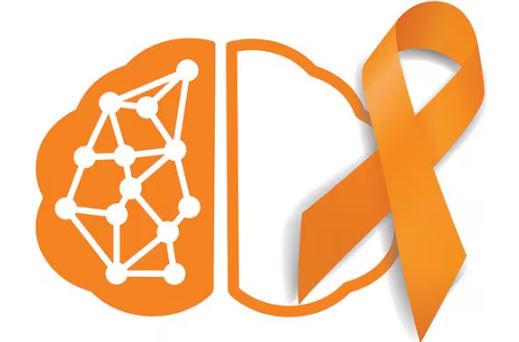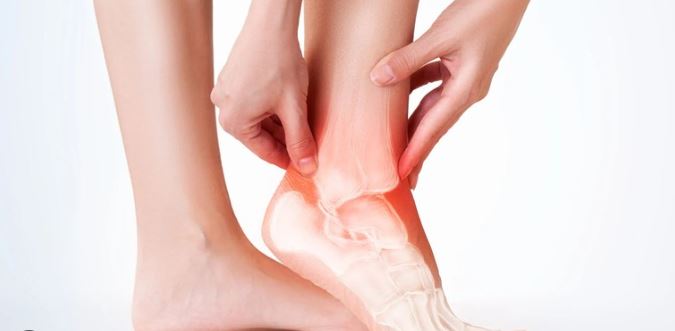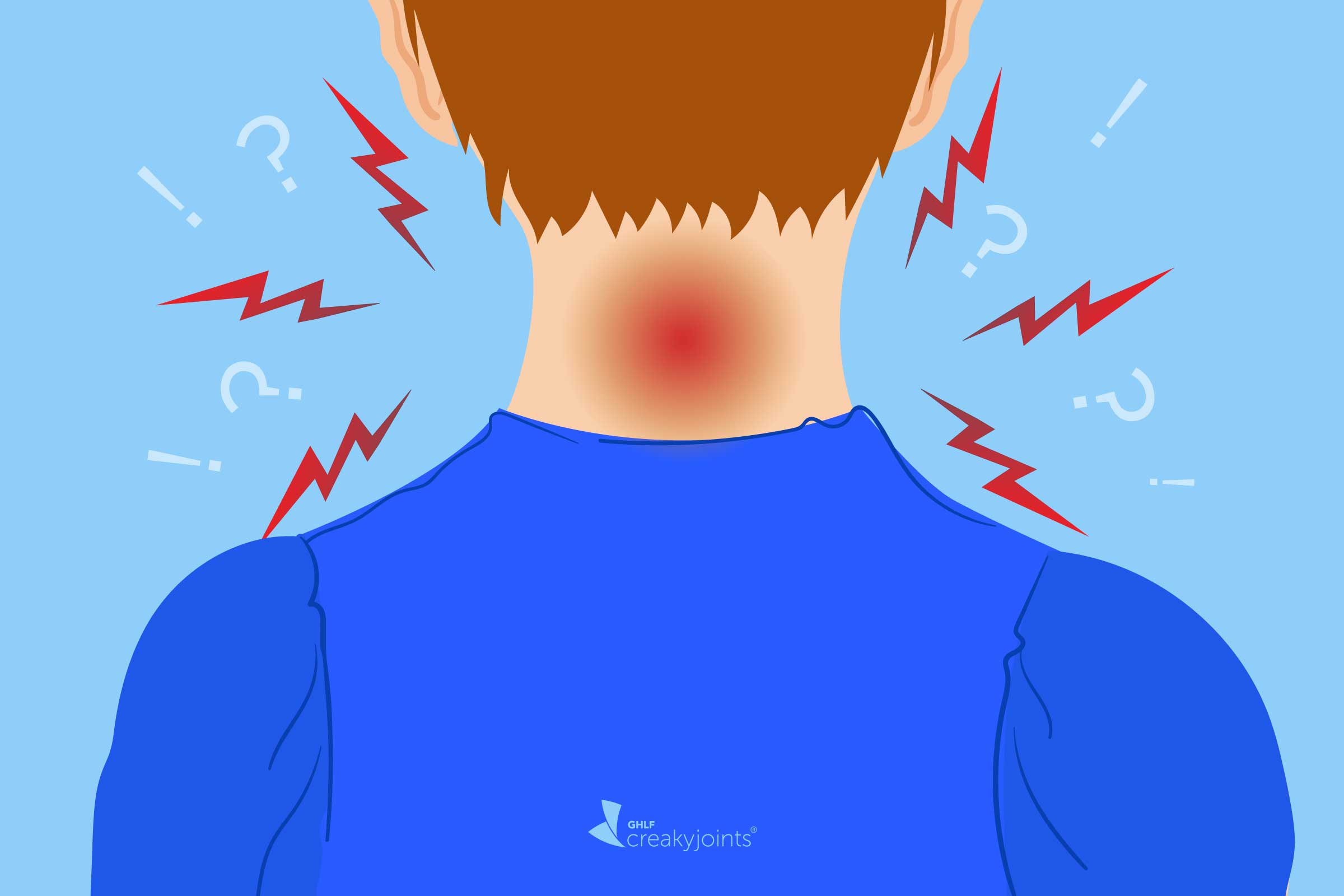Fibromyalgia — a disorder that causes widespread chronic pain and tenderness — affects 2 to 4 percent of women and men in the United States (women ages 20 to 50 are the most affected) and impacts patients in many different ways.
Thus, fibromylagia remains mysterious, and questions still linger — like why are more women affected by fibromyalgia than men? And why is fibromyalgia so hard to diagnose and treat? Why do some patients with fibromyalgia have more back pain than others?
“What causes fibromyalgia has puzzled many scientists for a long time,” says Elena Schiopu, MD, a rheumatologist and internist at Michigan Medicine in Ann Arbor. While the exact cause of fibromyalgia isn’t certain, doctors do know that the disorder can be triggered by an injury, surgery, infection, psychological trauma (like an extremely stressful period), or even just from an accumulation of symptoms that leads to the eventual classification of fibromyalgia.
The reason for the heightened pain? Fibromyalgia may affect the way your brain interprets pain signals. “Fibromyalgia is basically a miscommunication between the central, peripheral, and autonomic [vegetative] nervous system, which results in abnormal or amplified sensations,” says Dr. Schiopu. This is known as central pain sensitization. It causes your nervous system to become “wound up” and in a constant state of hyperactivity, which creates a lower threshold for experiencing pain.
When you poke someone without fibromyalgia, for example, it might be no big deal, but for someone with fibro, that same level of touch can cause significant pain or discomfort.
The Nature of Pain in Fibromyalgia
Unlike arthritis, in which pain occurs in specific joints, the pain that fibro patients experience is more in the muscles. It’s a widespread pain, which means you feel pain all over you body. According to the latest diagnostic criteria for fibromyalgia, patients must experience pain in four out of five general regions of the body. These include left upper, right upper, left lower, right lower, and low back.
Click Here to Visit the Store and find Much More….
What Causes Back Pain in Fibromyalgia?
People with fibromyalgia may experience long-term back pain along with a number of other symptoms. “Back pain that’s patient-reported and physician-observed — called paraspinal lumbar tenderness — is very common,” says Dr. Schiopu. “All the areas of the body that are being ‘used’ on a regular basis could hurt, like your hands, neck, or upper or lower back.”
“The back is a common area to have pain in fibromyalgia because muscles in general are often painful in fibromyalgia, and the human back has a large quantity of muscle fibers to support posture,” says Amanda Sammut, MD, a rheumatologist and assistant clinical professor of medicine at Columbia University Medical Center in New York City.
Also, says Dr. Schiopu, patients with fibromyalgia could have a degree of wear-and-tear arthritis of the lumbar spine, which is amplified by fibro. In fact, it’s common to have fibro at the same time as other diseases, such as inflammatory arthritis or osteoarthritis.
Back Pain in Fibromyalgia: Could It Be Something Else?
Lower back pain is an extremely common medical complaint — some 80 percent of Americans experience it at some point in their lives. So if you have lower back pain, how do you know if it could be from fibromyalgia or something else?
The answer is complicated. If you’re experiencing back pain as well as other symptoms, it’s possible you could have a different health problem entirely — or a health problem plus fibromyalgia at the same time.
Misdiagnoses are common with fibromyalgia — both in terms of not being diagnosed with fibro when you really have it, or in terms of being diagnosed with fibro when you actually have a different health problem.
“Fibromyalgia is technically an exclusion diagnosis,” says Dr. Schiopu. This means you shouldn’t be diagnosed with fibromyalgia until a doctor has fully ruled out the possibility of having other diseases.
That’s why a thorough visit with a rheumatologist is critical. If you’ve already been diagnosed with fibromyalgia but find that your current treatment plan isn’t helping your back pain, you could have a different or additional diagnosis, such as one of the following:
Maybe you lifted a heavy box, strained to reach something in a high cabinet, or picked up your child or grandchild, which could have triggered a back muscle strain. A sudden movement can cause a strain, as well as constant use of your back (like doing repetitive motions), especially if you’re not in good physical shape.
If you have lower back pain as well as pain in other places — say, your knees, jaw, neck, or shoulders — it could be from the widespread aches of fibromyalgia, or it could be another condition you may not be familiar with: axial spondyloarthritis (AxSpA), which is an inflammatory type of arthritis in your spine and the area where your spine meets the pelvis (sacroiliac joints). Back pain is a primary symptom of AxSpA, though it can also affect other joints and areas around your body.
Click Here to Visit the Store and find Much More….
AxSpA is often divided into two categories. Radiographic AxSpA (which is often called ankylosing spondylitis), means that evidence of joint damage is visible on X-rays. Non-radiographic AxSpA (nr-AxSpA) is essentially the same condition, but without joint damage being visible on X-rays.
Fibromyalgia and axial spondyloarthritis are caused by very different things (AxSpA is inflammatory and due to an overactive immune system that’s attacking the joints) and thus have very different treatments. It’s important to get the right diagnosis so you can get on the right treatment and start feeling better.
You may have never realized it, but your spine could curve to the side, a condition known as scoliosis. The physical changes of scoliosis often start in childhood but the condition might not start causing back pain until middle age.
The cushiony discs between your vertebrae may bulge or rupture, which can then put pressure on a nerve in your spine. While some people may not feel any pain when this happens, others may find it excruciating.
A frustrating part about aging: The vertebrae in your spine may develop compression fractures if your bones become too brittle (a condition known as osteoporosis). These fractures can then lead to back pain.
Common Fibromyalgia Symptoms Aside from Pain
While you may experience back pain if you have fibromyalgia, if you’re experiencing back pain alone, and not other fibromyalgia symptoms, then your pain is likely not due to fibromyalgia, says Dr. Schiopu.
In addition to pain, sleep problems are a big part of patients’ experience with fibromyalgia.
Even if fibro patients sleep for hours, they still may wake up feeling unrefreshed. That could be due to pain waking people up at night, or they may experience other sleep issues, like restless leg syndrome or sleep apnea. This troubled sleep, in turn, can contribute to debilitating daytime fatigue.
Click Here to Visit the Store and find Much More….
Many patients with fibromyalgia complain of fibro fog, in which people feel like they can’t concentrate, hold conversations, or even remember certain things, like plans or where they placed objects. One reason for the fibro fog could be lack of sleep. Another explanation is that there is potentially something happening in the brain that’s unique to people with fibromyalgia.
Fibromyalgia often co-exists with other ailments, like irritable bowel syndrome, migraine, interstitial cystitis (a painful bladder syndrome), and TMJ (a jaw disorder). “That’s all followed by a slew of hypersensitivity to cold, light, noises, smells,” adds Dr. Schiopu. Thus, it can seem like fibromyalgia patients have a laundry list of health woes, which can be incredibly frustrating.
How Back Pain in Fibromyalgia Is Treated
If you have fibromyalgia and are experiencing back pain as a symptom, then you’ll want to come up with a treatment game plan with your doctor. “Gentle stretching, warm pool exercises, and even a supportive belt would help,” says Dr. Schiopu. “Daily strengthening of the lumbar musculature [muscles in the lower back] is key as well,” she adds.
Fibromyalgia medications may help relieve back pain. Some antidepressant drugs are prescribed to help ease pain and fatigue; these include duloxetine (Cymbalta) and milnacipran (Savella). Anti-seizure medications can also help manage pain in fibromyalgia. Among these, the FDA has specifically approved pregabalin (Lyrica) for the treatment of fibro.
If you have back pain — especially back pain that’s lasting more than three months and doesn’t improve with your current treatment — it’s important to talk to your doctor about your symptoms and medical history. Your back pain could be due to fibromyalgia, but it could also stem from various other health issues.
“If your back pain continues despite medical therapy and despite physical therapy, patients should then consider seeing a rheumatologist or a pain management specialist,” says Dr. Sammut.
Click Here to Visit the Store and find Much More….
For More Information Related to Fibromyalgia Visit below sites:
References:
Fibromyalgia Contact Us Directly
Click here to Contact us Directly on Inbox
Official Fibromyalgia Blogs
Click here to Get the latest Chronic illness Updates
Fibromyalgia Stores










